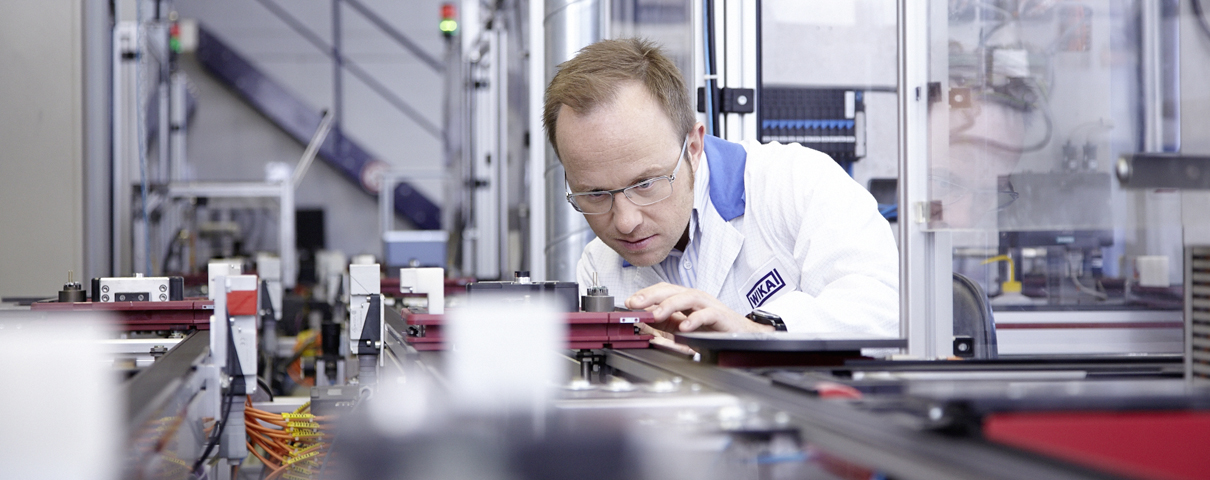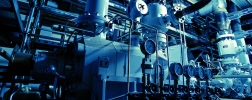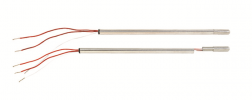Answers to questions to help explain the operation of RTD sensors and the pros and cons of negative temperature coefficient (NTC) sensors and positive temperature coefficient (PTC) sensors based on platinum, such as the Pt100 and Pt1000. Resistance temperature …
Know-how
What Is Gauge Pressure and How Is It Measured?
Hardy Orzikowski | Know-how, PressureWIKA USA answers frequently asked questions (FAQs) about the basic physical principles of pressure and pressure measurement. This includes discussions of absolute pressure, atmospheric pressure, gauge pressure, and differential pressure. Pressure is generally …
Improving Vacuum Tower Yield and Product Quality Through Advanced Temperature Measurement
Robert Torgerson | Know-howVacuum tower revamps and internal upgrades can improve the yield and product quality of vacuum distillation units (VDU), a must in today's competitive markets. These modifications, though, require a considerable influx of capital. Improvements in cross sectional tower …
4-Wire RTDs vs. 3-Wire RTDs
Adam DeLancey | Know-how, TemperatureThe electrical resistance of some materials, such as platinum, copper, and nickel, differs at different temperatures. Resistance temperature detectors (RTDs) take advantage of this property to assess temperature in a variety of commercial and industrial applications. …
When to Use a 3-Wire RTD
Adam DeLancey | Know-how, TemperatureRTDs (resistance temperature detectors) are the most common, most versatile temperature sensors in industrial and process applications. They are stable, have good repeatability and work well within a wide range of temperatures. The electrical resistance of some …






